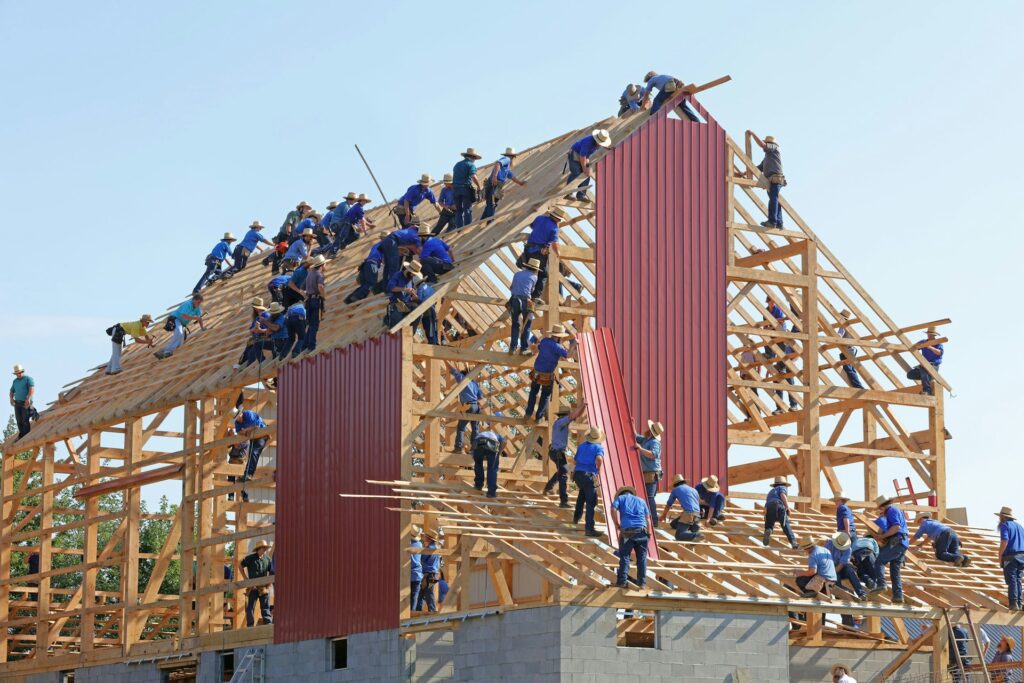Exploring the cutting-edge world of architecture in 2024 unveils a dynamic landscape shaped by innovative trends and futuristic designs. From sustainable practices to immersive technologies, the architectural realm is evolving at a rapid pace, offering endless opportunities for entrepreneurs, business owners, and digital brands to make their mark. In this comprehensive guide, we will delve into the top 10 architectural trends that are revolutionizing the industry, empowering you to stay ahead of the curve and elevate your business profile in the ever-evolving virtual sphere. Prepare to be inspired and informed as we navigate through the key developments shaping the architecture of tomorrow.
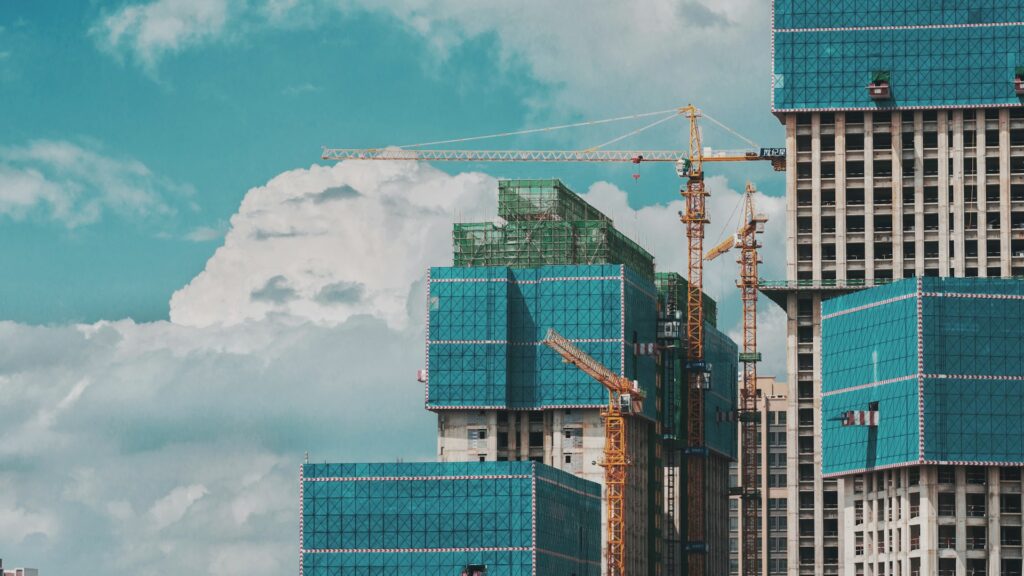
Embrace the Future of Architecture
Sustainable Design: Eco-friendly Innovation
Sustainable design is no longer a niche trend; it’s a fundamental shift in how we construct our world. As we step into 2024, eco-friendly innovations are becoming mainstream, driven by a global push towards reducing carbon footprints and promoting environmental stewardship. Architects are leveraging advanced materials and smart design techniques that minimize waste and enhance energy efficiency. Key features include the use of recyclable materials, energy-producing facades, and green rooftops that contribute to a building’s sustainability. This approach not only benefits the planet but also reduces long-term operational costs, making it a smart investment for businesses. By integrating sustainable practices into your architectural projects, you signal to clients and investors that you are forward-thinking and responsible—a powerful combination in today’s market.
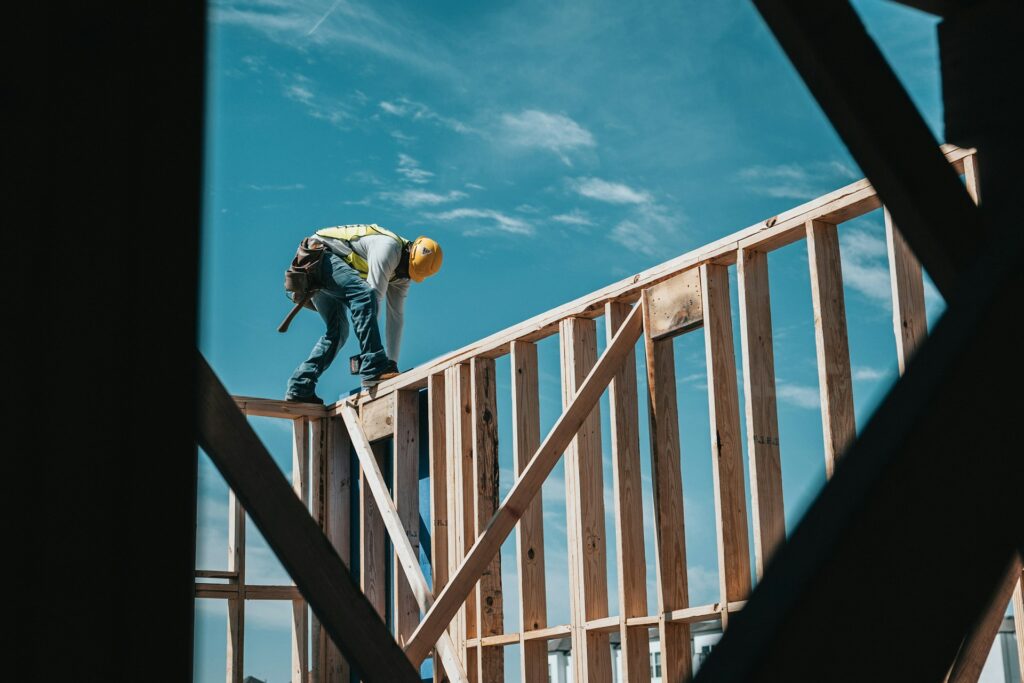
Smart Homes: Tech Integration
The concept of smart homes is rapidly advancing, and by 2024, tech integration in residential spaces will have taken a giant leap forward. Smart homes are now about more than just convenience; they are about creating an ecosystem that enhances the quality of life while being efficient and secure. Innovations such as voice-controlled systems, automated lighting, and temperature control are becoming standard, with artificial intelligence playing a key role in learning and adapting to homeowners’ preferences. Furthermore, smart homes are being designed to seamlessly connect with electric vehicles and other smart devices, providing a cohesive experience. For business owners and entrepreneurs, incorporating these technologies into your offerings can significantly raise the appeal of your properties, making them stand out in a competitive market.
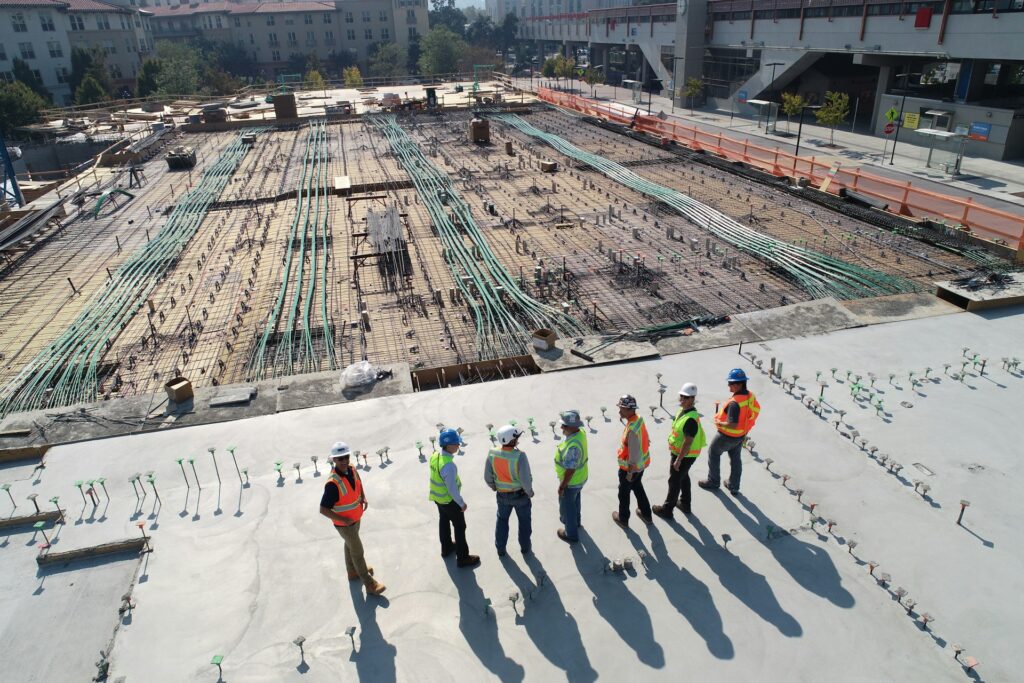
Build Your Brand with Modern Structures
Minimalism: Less Is More
The minimalist trend in architecture continues to gain momentum into 2024. This philosophy of ‘less is more’ is not just a design choice; it’s a statement about brand identity and consumer values. Minimalist architecture, with its clean lines and uncluttered spaces, reflects efficiency and sophistication. It communicates a message of clarity and purpose, aligning well with brands that value transparency and focus. For businesses, minimalism can be an expression of your commitment to quality over quantity, offering an environment that is both functional and aesthetically pleasing. When you embrace minimalism, you create spaces that can adapt to changing needs and trends, ensuring your brand remains relevant and resilient in a fast-paced world.
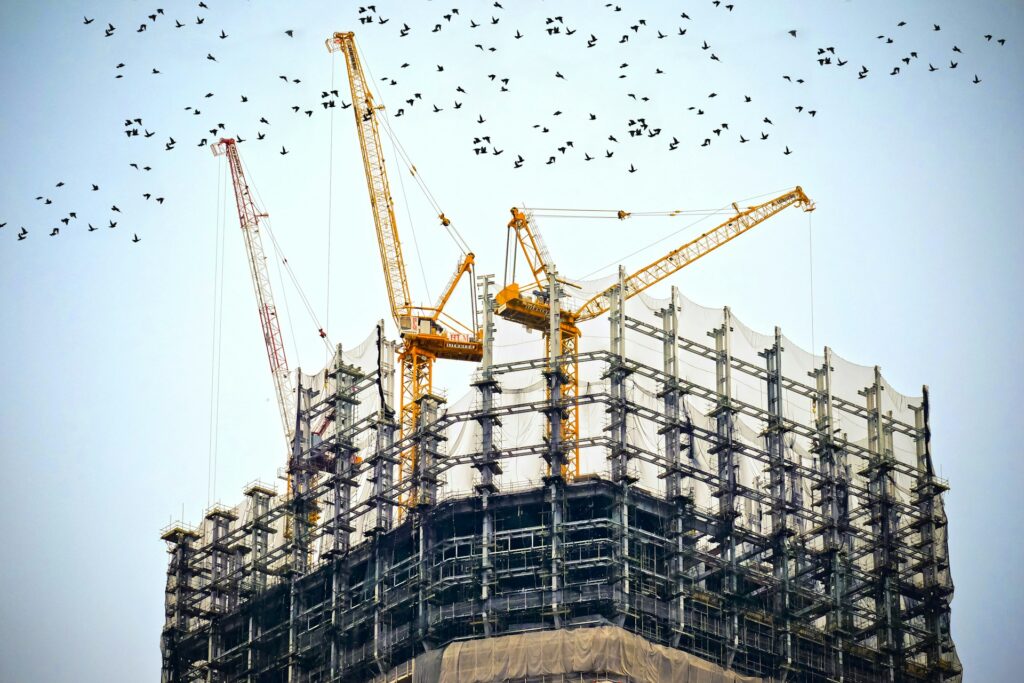
Biophonic Design: Nature Indoors
Biophonic design is reshaping the way we think about indoor spaces, emphasizing the connection between nature and well-being. This approach integrates natural elements such as plants, water features, and natural light to create spaces that are calming and restorative. By incorporating aspects of nature into building designs, businesses can enhance the health and productivity of occupants, which is especially valuable in work environments. Biophonic elements can also boost a brand’s image by showing a commitment to the well-being of customers and employees. This design trend is not just about aesthetics; it’s about creating environments where people can thrive. As we move further into 2024, expect to see more spaces that blur the lines between the outdoors and indoors, offering a refuge from the urban landscape.
